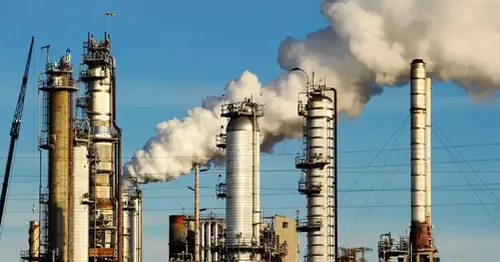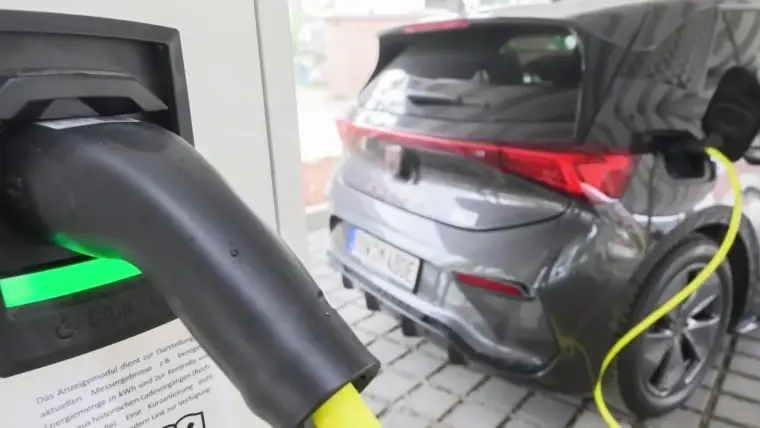
Washington introduces ‘cap-and-invest’ program to charge companies for CO2 emissions
Washington state on Tuesday kicked off a program aimed at cleaning the environment by forcing companies to pay for how much carbon dioxide they release into the atmosphere.
Washington’s new law, the Climate Commitment Act, requires businesses that emit over 25,000 metric tons of carbon annually to pay for each metric ton in total. The state joins 14 others that have implemented some form of a program that sets declining caps on emissions from companies. Washington’s cap-and-invest program most closely reflects California’s cap-and-trade program, which began in 2013.
Many major companies with manufacturing plants and refineries in Washington, including BP, Tyson and Boeing, exceed this threshold, as do the state’s energy companies.
The program is estimated to bring in $1 billion annually, with most of that money earmarked for environmental-related programs.
“A cap-and-trade program is a way of giving everyone incentive to take the damage of CO2 into account,” said Bill Shobe, a professor of public policy at the University of Virginia. “We take the money that we earn from protecting the atmosphere and plow it right back into the economy.”
The cap-and-invest program works by creating a limited number of state-issued carbon permits to be auctioned four times a year to companies that exceed the 25,000 metric ton threshold. The number of permits available at auctions will decrease every year, lowering the cap for overall emissions in the state.
Companies that choose not to comply will be fined $50,000 per violation, per day. Companies that meet the criteria have until Nov. 1, 2024 to have 30% of their total 2023 emissions covered as the state transitions into the program.
California will require all new cars sold to be zero-emission by 2035
Aug. 25, 202204:54While many companies will need to start paying up this year, a few companies, classified as “emissions-intensive, trade-exposed” businesses, will be spared from purchasing the allowances right away to ensure big business doesn’t exit the state. This largely includes pulp and paper mills, but it also includes Boeing’s manufacturing plants, according to the company.
Cap-and-trade programs have been touted for decades as an effective way to reduce emissions. The Bush administration was the first to implement a cap-and-trade program on a large scale, with the “Clear Skies Initiative” aimed at reducing sulfur dioxide pollution, which causes acid rain. Programs similar to this one were viewed as bipartisan until the Obama administration sought to curb carbon emissions.
Some politicians who oppose cap-and-trade programs worry that the additional costs on companies will mean higher prices on consumers.
A group of companies have already raised wholesale fuel prices ahead of the auctions, according to the Washington state’s department of ecology. Puget Sound Energy, a top emitter in the state that serves almost 2 million customers with electricity and natural gas, said they anticipate the program to impact prices.
The Washington legislation stipulates that 35% of the proceeds will be reinvested into communities disproportionately impacted by pollution and an additional 10% will be funneled to back tribal-supported projects.
Washington’s new law adds to some growing momentum for state-based efforts to limit emissions by businesses. New York announced in January it would be joining Washington, California and Oregon who use similar cap-and-trade programs. New York was already a part of the Regional Greenhouse Gas Initiative (RGGI), a cap-and-trade program of Northeastern and mid-Atlantic states targeting the power sector’s carbon emissions.
Environmental activists have been calling for an economic climate policy that outlines a plan to reach lofty emission goals set at both the state and federal level.
Pam Kiely, associate vice president of U.S. Climate at the Environmental Defense Fund, said she hopes more states will follow in Washington’s footsteps and implement aggressive emission goals and programs. The state has some of the most aggressive emission goals in the country, aiming to hit 95% below the state’s 1990 emissions levels by 2050.







